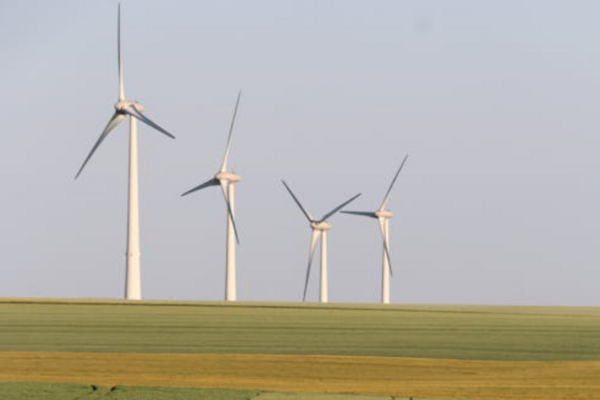The Abukuma Wind Power Project in Fukushima Prefecture, Japan began commercial operation last week. The wind farm was completed on 31 March. It has 46 turbines. Each turbine generates 3,200 kilowatts (kW), making the total installed capacity around 147,000 kW.
The project spans the ridgelines of Tamura, Okuma, Namie, and Katsurao. Electricity from the wind farm will be supplied under Japan’s Feed-in Premium system. The power is intended to reach around 120,000 households annually.
The electricity will be sold through corporate power purchase agreements (PPAs) to companies and municipalities operating in Fukushima. Sumitomo Corporation, one of the investors, will purchase renewable energy credits and act as an aggregator for the project. The company will also enter into contracts with power consumers. The project supports Fukushima Prefecture’s plan to meet its full energy demand from renewable energy by around 2040.
In addition to this large project, several smaller renewable energy initiatives are operating in Japan. For example, in Toyama Prefecture, a small-scale hydropower plant on the Oyabe River was installed with a capacity of 700 kW. It supplies electricity directly to a local industrial park under a local PPA.
In Akita Prefecture, a floating solar project on a rice irrigation reservoir near Yurihonjo City has been running since late 2023. The plant consists of 4,800 solar panels, generating about 1.8 MW. This electricity is used by nearby community facilities and small businesses.
In Tokushima Prefecture, a biogas plant using local food waste and livestock manure started operations in early 2024. It produces 1 MW of power and supplies it to the local grid. The leftover digestate is used as fertilizer for local farms.
These smaller projects are not widely reported but contribute to the diversification of Japan’s renewable energy supply. The Abukuma wind farm is currently the largest onshore wind facility operating in the country.

